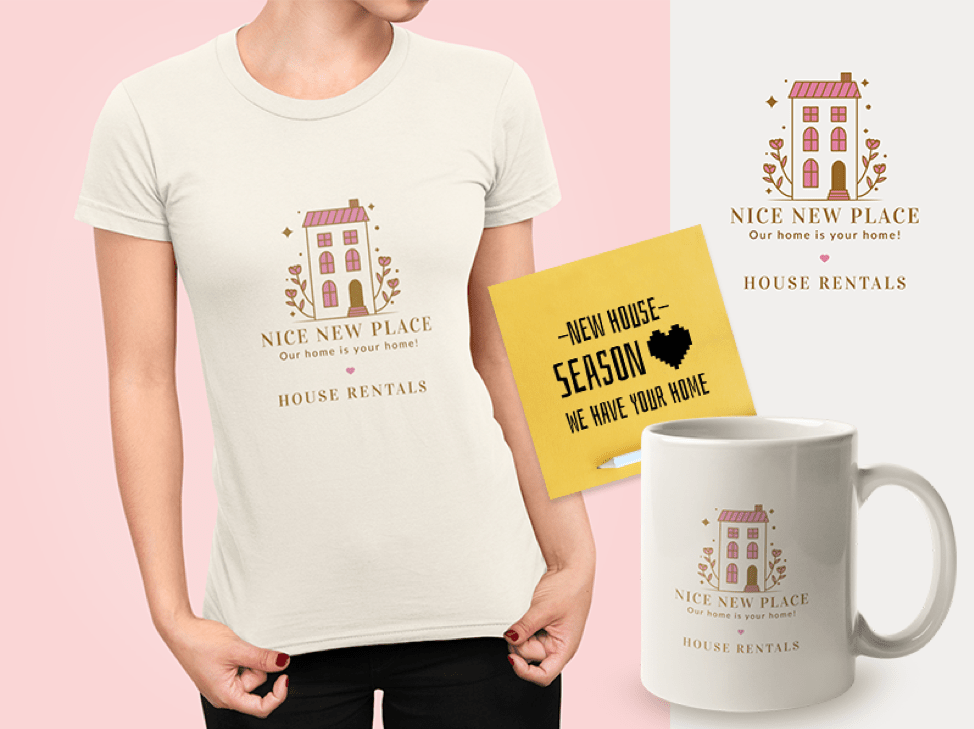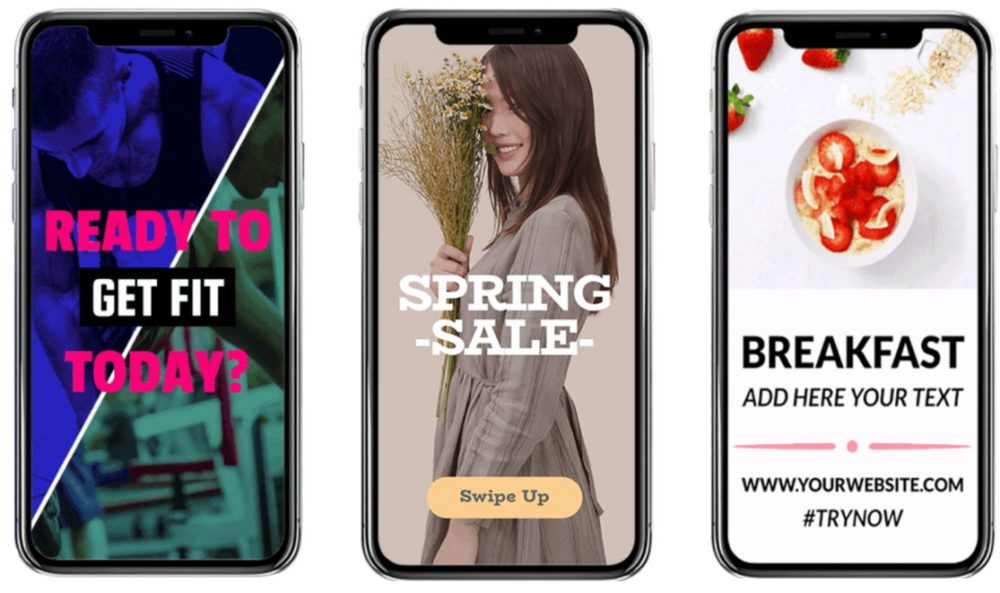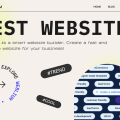
Visual Branding: What Is It and How to Build It?
Many people often use branding and visual branding interchangeably when the two are not the same. This also prevents them from building a strong brand that communicates the right message to their target audience.
Your visual identity is part of your branding, which represents the overall experience that consumers have when they interact with your brand. It’s the essence of your brand that brings together all the experiences and relationships that consumers consider when choosing you over someone else.
It’s the look and feel of your business and the way people perceive it, even before they start interacting with it. Let’s take a look at what visual branding is and how you can build a powerful visual identity.
Contents
What Is Visual Branding?
As the term suggests, visual branding represents the visual elements of your brand. They include your logo, colors, typography, imagery, package designs, and all the other visuals you use on your website and printed marketing materials.
The way you design all those elements will define the way your audience feels about your brand. This is because visuals have the power to evoke emotions, which is why it’s important to make sure they tell the right story and convey the right message and values to your consumers.
How to Build Your Visual Brand Identity?
Start with Your Mission and Brand Personality
Your visual branding should perfectly match your overall brand identity. It should tell a consistent story that showcases your brand personality and values.
What is the mission of your brand? What does your brand stand for? Why are you offering your products and services, and how are they supposed to improve your customers’ lives?
Once you have a clear view of your brand’s mission, think about your brand personality.
What tone and messaging are you using to communicate with your target audience? Does your brand have a fun personality, or is it more on the strictly professional side?
When you define your mission and identify your brand personality, you’ll know which direction to take to create compelling visuals that will help you stay consistent across all channels.
Create a Unique Logo
Your logo needs to be a perfect representation of everything your brand stands for. This is why it’s a bit challenging to create one, as there are plenty of elements to factor in.
It needs to instantly capture people’s attention and compel them to engage in your brand. It needs to be eye-catching and create excellent first impressions.
When creating your logo, think about both your values and the emotions you want people to feel when they look at it. It’s the symbol by which people will instantly recognize your brand, so make sure it’s unique, simple, original, and timeless.
Using a tool to help you create your logo design, is the smartest way to make a unique design that will stand out and tell an exciting brand story.
Use Color Psychology to Pick the Right Color Palette
Colors can evoke emotions, which is why you should use color psychology when building your visual brand identity. With the right colors, you can influence people’s perceptions of your brand and their purchasing decisions.
Choose a color palette that perfectly matches your brand identity. Make sure you use the same colors on your every channel and branding element: logo, website, brochures, business cards, catalogs, etc.
Choose Your Typography
Deciding on the typography for your brand can be a bit challenging, as there are so many different typefaces and fonts to choose from. However, the smartest thing to do is to create your own unique, custom-made typeface.
The key is to make your typography distinctive, legible, comprehensive, and complimentary. Just like your logo needs to represent your brand identity perfectly, your typography needs to work well with your logo and other visual elements.
For instance, if your logo is round, don’t choose a typeface with sharp edges. Once you decide on the typeface, choose two complementary fonts that will make for a well-balanced design, and trigger higher consumer interest in everything you offer.
Decide on Your Packaging Designs
This is a step you need to take if you offer physical products. There are thousands of different packaging designs out there, so it may be tough to make yours stand out.
To do so, you need to think about your brand’s personality again. Would you like your packaging to exude sophistication and elegance, or would you prefer it showcased fun and excitement?
Think long and hard about how you want people to perceive you, and come up with the design that will affect their impressions of your brand’s personality.

Your printed marketing materials are also essential for your visual branding. They can help you reach and engage your target audience and significantly increase your sales.
Just like your packaging designs, they need to showcase your brand’s personality, style, values, and ultimate messages.
This is also where colors and typography play a considerable role, but also the paper type. Regardless of the stationery pieces, you’re designing (catalogs, brochures, business cards, envelopes, flyers, etc.), have in mind the impressions you want to create in consumers. Showcase professionalism, competence, authenticity, and credibility.
Building a strong visual brand identity is much more than just deciding on the logo, brand colors, and various other designs for your website and all your marketing materials. It involves getting to know your audience and understanding what makes them tick.
Only when you fully understand their needs will you be able to create a visual strategy that attracts them, and holds their attention. Only then will you know exactly how to represent your brand visually, and create memorable impressions that will bring out emotions and speak more than words ever could.



